The Power of Marketing in 2024
In the fast-paced world of business, staying ahead means providing quality products and services, and communicating these offerings to the right audience.
Those of us who live in the Overberg or have visited it before, know that the winter months (June to August) are quite a special time of the year. The skies transform into flashes of bright pink and glowing orange while the landscapes below burst into a triumph of colour as the endemic fynbos starts to bloom with the onset of the winter rains. It’s also this time of the year that we see the return of the gentle giants of the ocean to the waters of Walker Bay. Stretching from Hermanus all the way to Danger Point near Gansbaai, the Bay creates a safe haven for these beautiful creatures to escape the icy Antarctic waters and bask in the warmer southern African coastal waters.
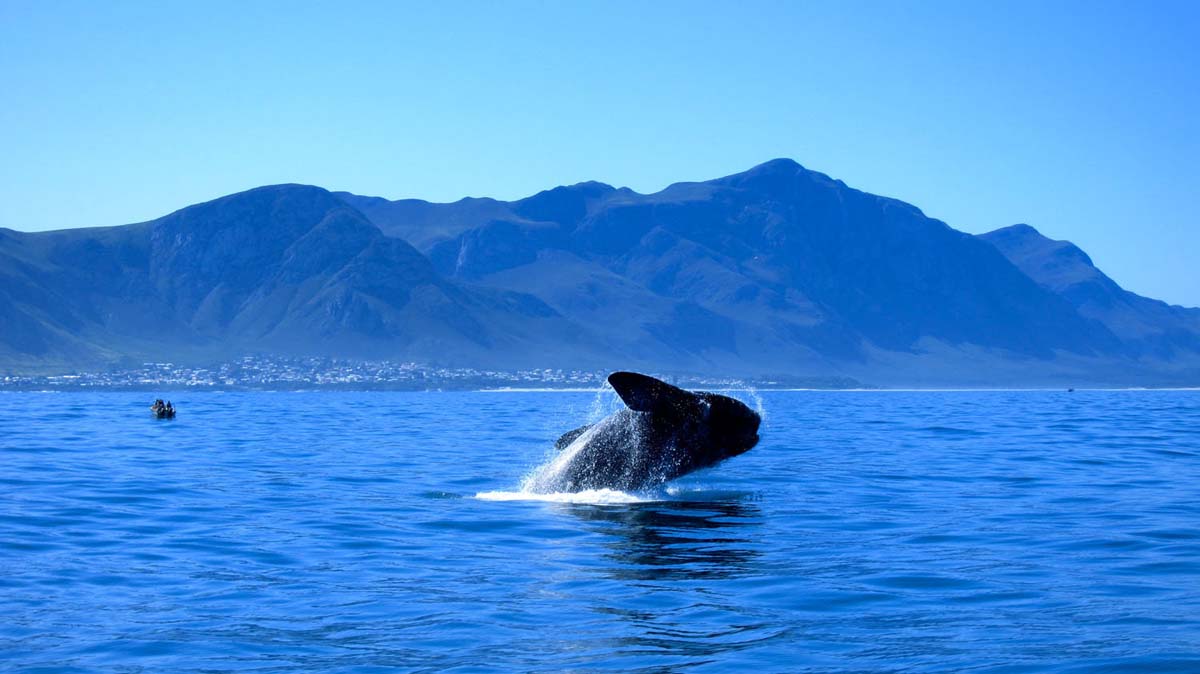
This is a wonderful time when locals and tourists alike gather on the rocky coastline to view these creatures mating, breaching and frolicking in the shallows. But how much do we really know about the graceful Southern Right Whales that visit us each year? Let’s have a closer look.
The Southern Right Whale (Eubalaena australis) is one of 3 baleen whale species classified as Right Whales which are part of the genus Eubalaena.
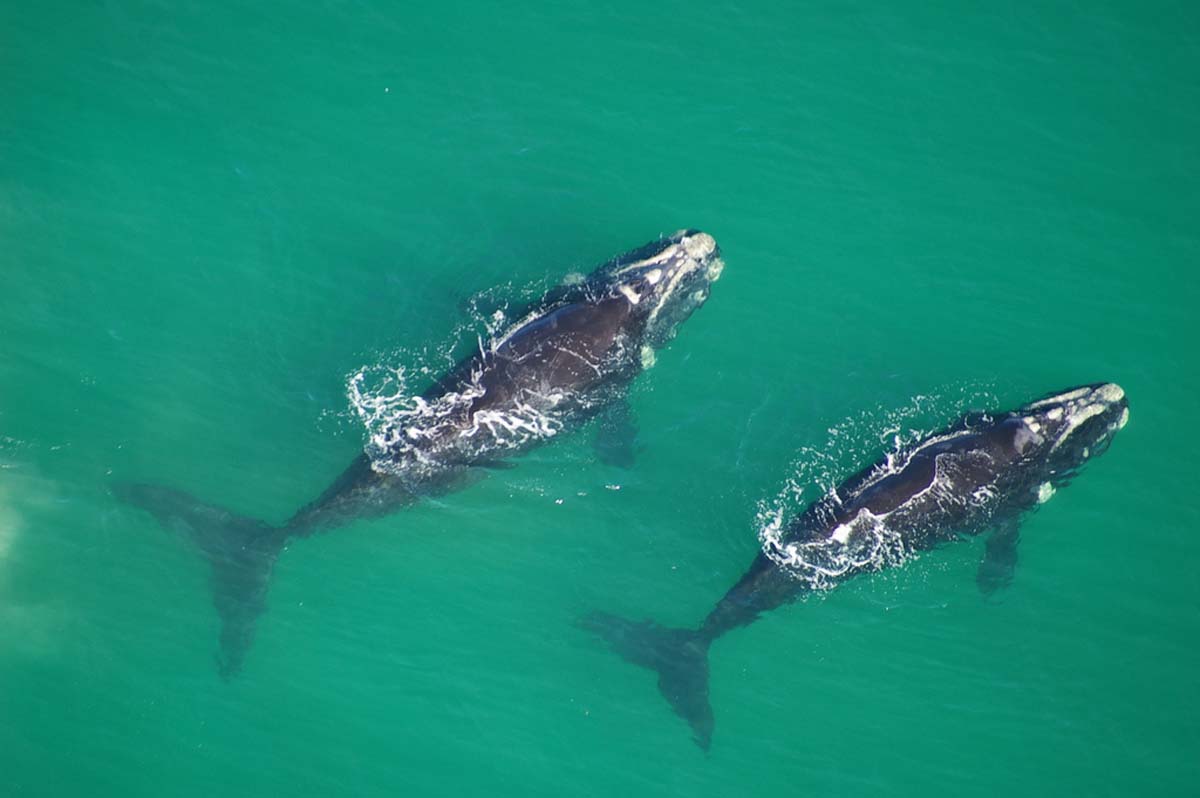
During the years, the Right Whales have been reclassified multiple times, along with Bowhead Whales, and at some point during the heydays of whaling, it was believed that they were all one species, Balaena mysticetus. After further research and studying of the different whales, it was determined that there was difference between Bowhead and Right Whales as well as a clear distinction between the Right Whales found in the Northern and Southern Hemispheres. Thus the naming of the North Atlantic Right Whale (Eubalaena glacialis), North Pacific Right Whale (Eubalaena japonica) and the Southern Right Whale (Eubalaena australis). In conclusion, the Balaenidae family branches off into Eubalaena (Right Whales) and Balaena (Bowhead Whales).

The southern belles that grace our shores are special in not only are they the only Right Whales found in the Southern Hemisphere, but also in their appearance. Southern Right Whales are characterized by their broad backs with no dorsal fin, long arching mouth that begins above the eye and especially the callosities found on their heads. These callosities are large colonies of cyamids or whale lice and have a white colour. The callosities are unique to every whale and as such, they are often used to identify individuals, like fingerprints.
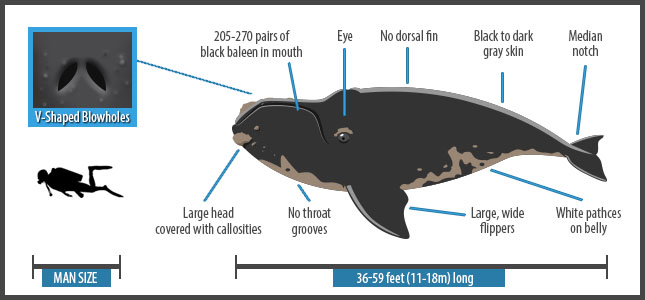
When it comes to size, they are not the largest whales, but their numbers are still quite impressive. Southern Right Whales are roughly 15m in length and can weigh up to 60 tons. The females are normally larger than the males with the calves being born at roughly 5m in length. Southern Rights are dark grey to black in colour with white mottled spots on their stomachs. They also have one of the largest heads of all whale species, with their noggins measuring up to a ⅓ of their total length. They also have a pair of short, wide pectoral fins which help them steer and rear flukes which help to propel them. The tail is broad and deeply notched. The Southern Rights have a V-shaped blowhole which results in the characteristic V-shaped blow when they breach for air. As with all baleen whales, this species have baleen plates lined with bristles instead of teeth. These whales have 2 rows of long, dark baleen plates (roughly 2.5m in length) that hang from the upper jaw; each holds roughly 225 plates on either side. These plates allow the whales to filter their food from the water as they swim through the ocean. Their primary diet consists of copepods as well as krill and plankton.
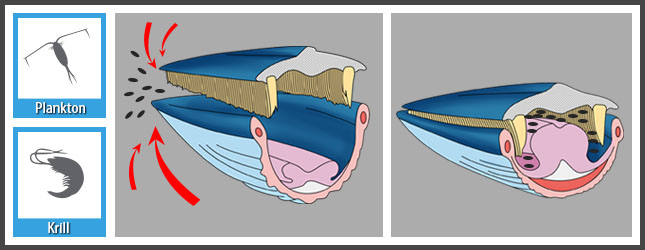
Born in the warm waters of the South African coast during the months of June to August, Southern Right Whales will begin their migration back to the icy waters of the Antarctic in October. This 5000km+ journey is a strenuous and lengthy one as they travel at 2 - 4km/h and a top speed of 15km/h which they can only do in short bursts. Once back at their feeding grounds in the Antarctic, they will spend the summer (December to May) feeding on up to a ton of krill and plankton a day. When autumn arrives, they embark on the long journey to the shallow coastal waters of South Africa, South America and Australia. Females will return to the same bays to mate and calve every year.
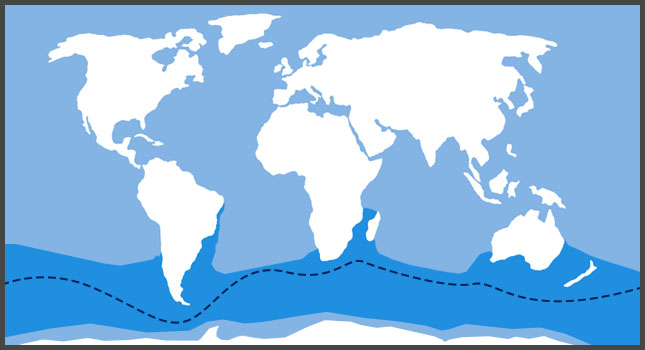
Southern Right Whales have a gestation period of 12 - 13 months and will give birth to a single calf every 3 - 5 years. New mothers will come quite close to shore as they need to get the calf to the surface for its first breath 10 seconds after being born. Weighing in at around 1 ton after birth, these youngsters can already swim on their own 30 minutes after birth. Calves are born a lighter grey colour which gradually darkens to finally become the trademark dark grey-black colour. On the rare occasion, a Brindle calf is born. Roughly 4% of calves are born white and they are always male.
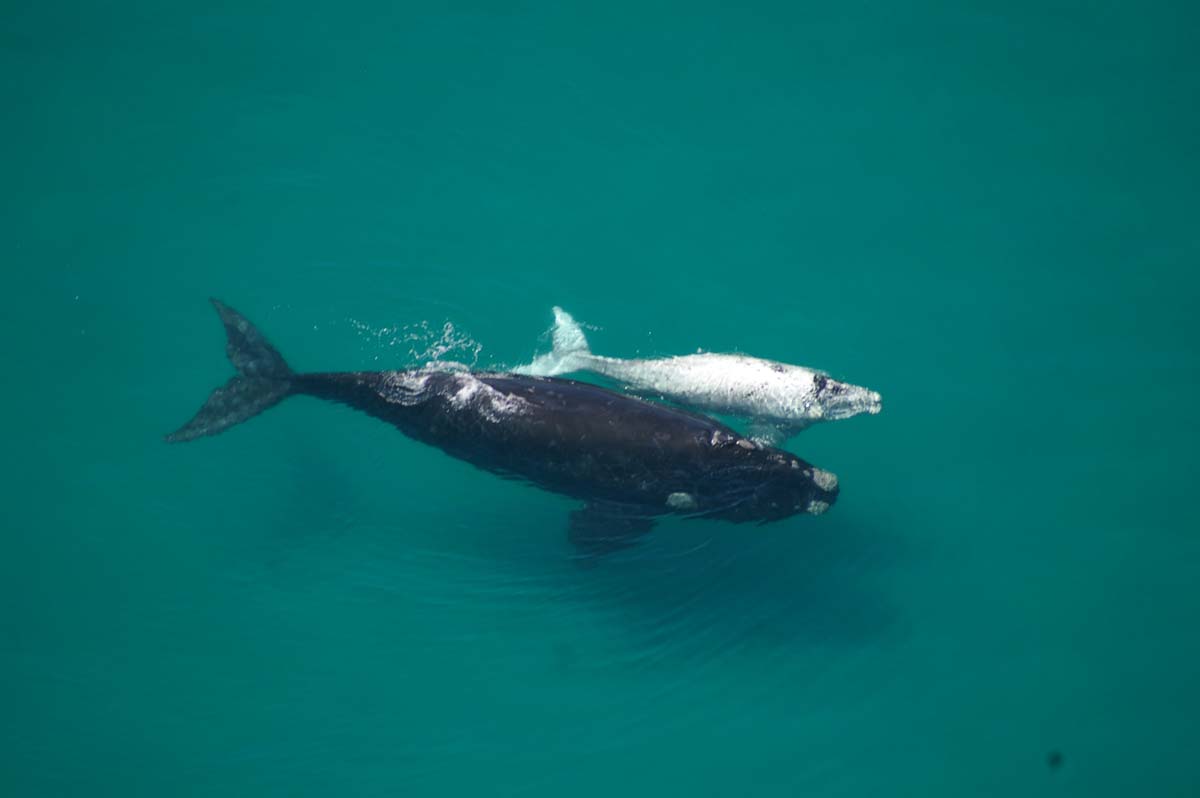
The calves will stay with their mothers and continue to suckle them for 4 - 8 months, consuming up to 600 litres of milk a day. This helps the calf to grow quickly in preparation of the long journey back to the feeding grounds. Unfortunately, this takes quite a toll on the mother which can lose up to 40% of body weight during this time.
With the mothers and their calves sticking closer to the coastline, the deeper waters of Walker Bay sees quite a bit of commotion as the males court the females. During mating, males will form large groups to compete for a single female. Southern Right Males don’t fight each other as with other species, instead they fight through sperm competition - the male with the most sperm is most likely to fertilize the female. The Southern Right males’ testicles are the largest of all species, including the Blue Whale, as they grow up 500kg and 2.5m in length, each. Once mated, the females will return to the same bay the following year to give birth to their calves, during the Southern Hemisphere winter months.
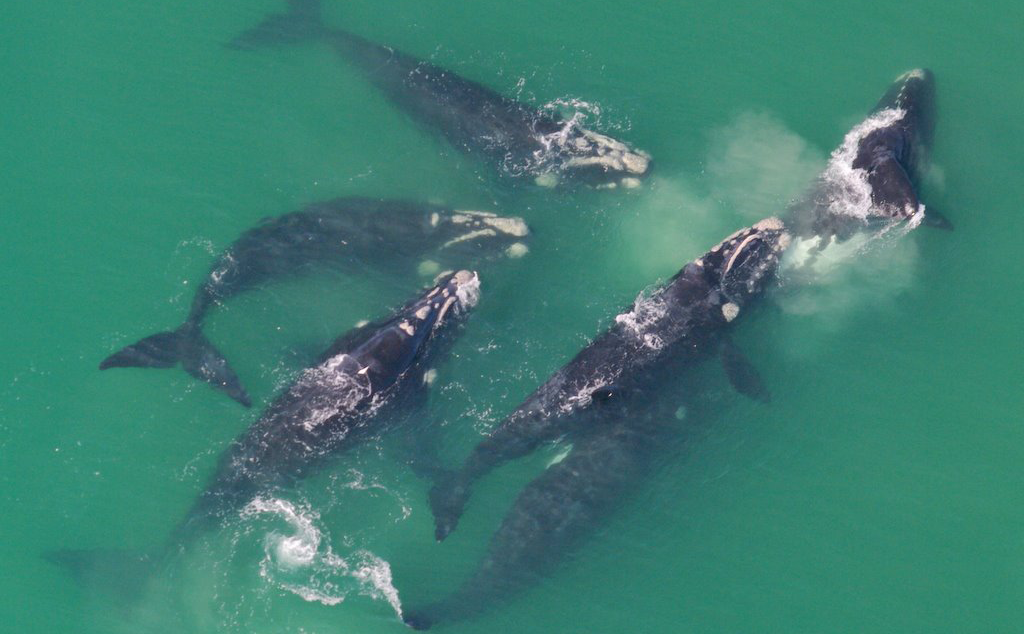
This cycle continues throughout the generations. And during this wonderful time when they return to our shores, we get to enjoy a spectacular showcasing of breaching, lobtailing and more as these docile creatures bask in our warm waters. This relaxed demeanor was unfortunately also almost their downfall. A couple of centuries ago, residents of these areas frequented by Right Whales realized how rich in oil and blubber they were and also how inquisitive they were around boats. Their docile nature, rich meat and the fact that they floated when killed made them the “right” whale to hunt. Hunted nearly to extinction, by the time whaling was banned worldwide in 1935, there were a mere 300 Southern Right Whales left. Luckily since then, their numbers have steadily increased, roughly 7% per annum. Now, despite their size, their only natural predators are the occasional Shark or Orca.
To get a better understanding of our “local” whales, we asked Sandra Herbst a Marine Biologist with Dyer Island Conservation Trust. Here’s what she had to say:
The interactions between mother and calf are fascinating especially later in the season when the calves become more active. It is amazing how gracefully and carefully these gentle giants approach and move around the boat.
It is very difficult to recognise individuals from the boat, however, scientists use aerial photographs of the callosity patterns to distinguish individuals with a focus on mother and calf pairs. Aerial surveys show a possible three year pattern of breeding so on every third year a mother would give birth. While some whales have distinctive markings, I haven’t noted a returning Southern Right whale from the boat.
There have been quite a few, but my most memorable one was when I saw a brindle calf for the first time in 2014 and it was breaching for the longest period of time.
Just to have them here every year is unique and makes us blessed. It is very rare to hear the Southern rights but a mother calling to a calf has been heard.
That the numbers continue to increase and the population will grow to what it was before whaling took place.
We can educate ourselves about whales, help support research and keep our environment, especially the ocean, clean.
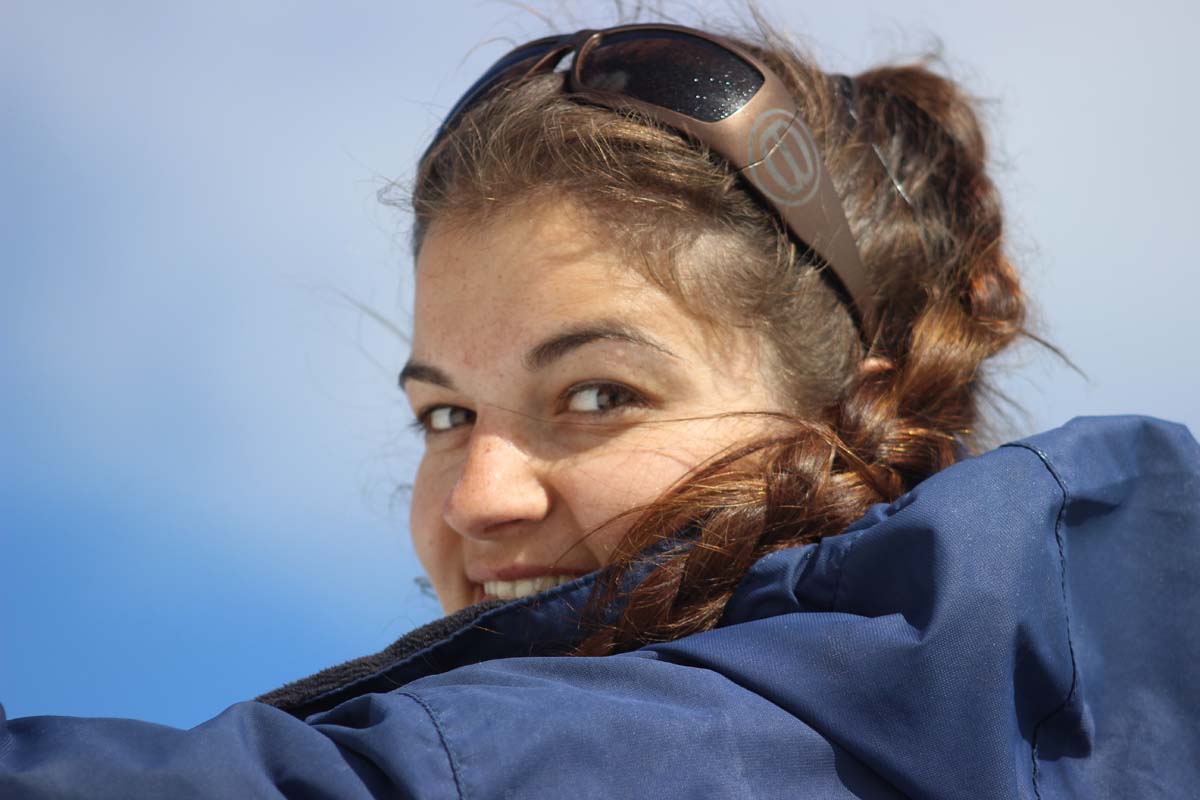
With the populations on a steady increase of 7% per annum and a number of marine reserves dotting the South African coastline, we get to experience the marvels of these mammoth mammals. One particular town in the Overberg claims to hold the best seat in the house. Welcome to Hermanus, home to the best land-based whale watching in the world. Situated right on the cliffs of Walker Bay, the town offers fantastic views over the blue water and playful antics of the Southern Right Whales.
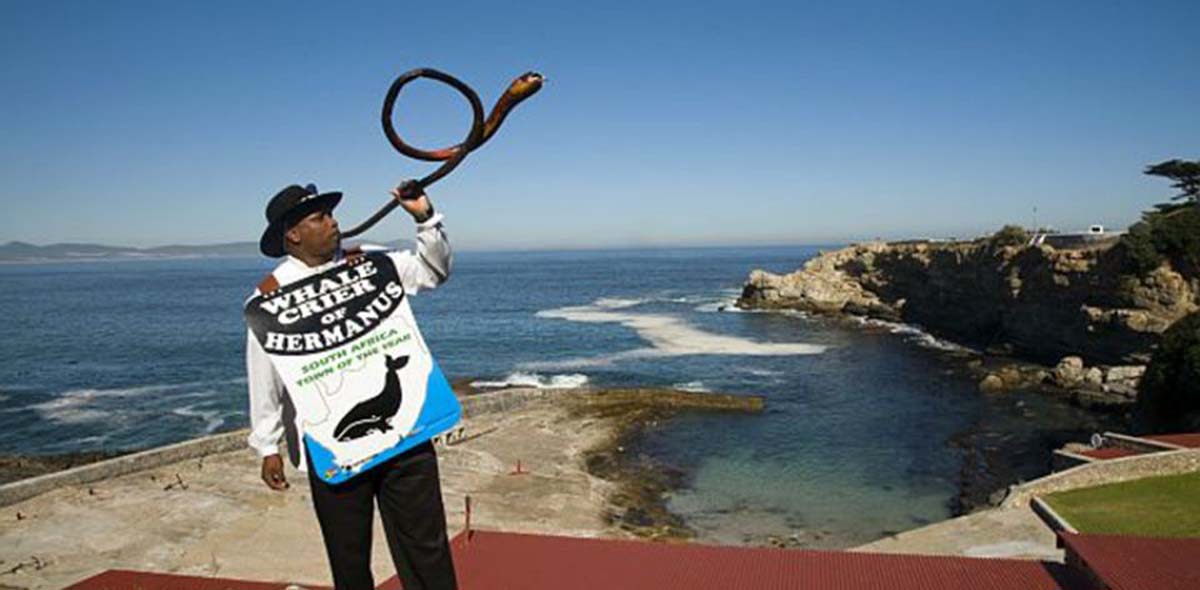
Originally a fishing village, Hermanus has bloomed into a popular holiday destination due to its beautiful beaches, exciting activities, thriving business sector and of course, the annual return of the Southern Right Whales. The presence of these beautiful creatures have also given birth to some other attractions which Hermanus is now famous for, such as its fleet of Whale Watching Operators and of course, the world famous Hermanus Whale Crier.. During Whale Watching Season, the Whale Crier can be seen walking along the cliffs with his kelp horn, notifying locals and tourists of the sightings of whales nearby. And if viewing them from the cliffs doesn’t float your boat, then we suggest boarding one of the dedicated whale watching vessels for a truly enchanting experience of boat-based whale watching.

Hermanus is home to 5 Whale Watching Operators that offer whale watching trips out in Walker Bay. Adhering to strict conservation laws, the boats will remain 300m away from the whales. At this point, they will cut the engine and allow guests to view the whales as they go about lobtailing(slapping their tails on the water’s surface), spyhopping (just the head protruding from the water), sailing (staying vertical in the water with their tails sticking out) and breaching (jumping out of the water) in the distance. If the whales are feeling curious, they might approach the boat which is always a treat. Along with land- and boat-based whale watching, locals and visitors also get to experience a whole new perspective of the Southern Right Whales in the Bay with a scenic flights. Viewing these graceful giants from the sky gives you a look at the bigger picture - from here you can see multiple whales all at once and see how the different groups interact. Often found just beneath the surface of the water, the aerial view allows you to see how the whales play and interact below the waves.
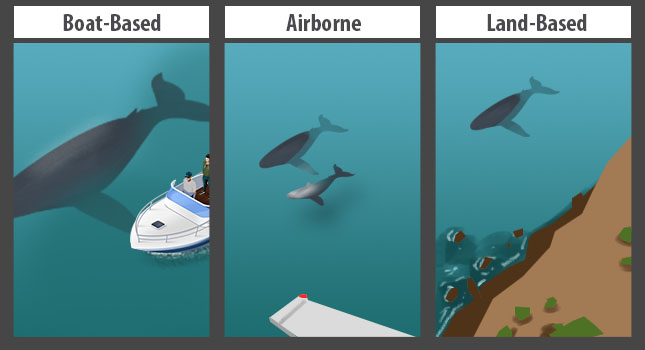
The big event of course occurs at the end of September during the Hermanus Whale Festival. A true celebration of everything and anything to do with these sensational cetaceans. Taking place over the last weekend in September, the Hermanus Whale Festival is an annual event that focuses on education and promoting environmentally responsible activities. 2017 sees the 26th celebration of the festival. The festivities also includes live music performances, exhibitions, a classic car show and parade, craft stalls, great food and wine from the area, fun kids activities and lots more. Be sure to join this whale of a show!
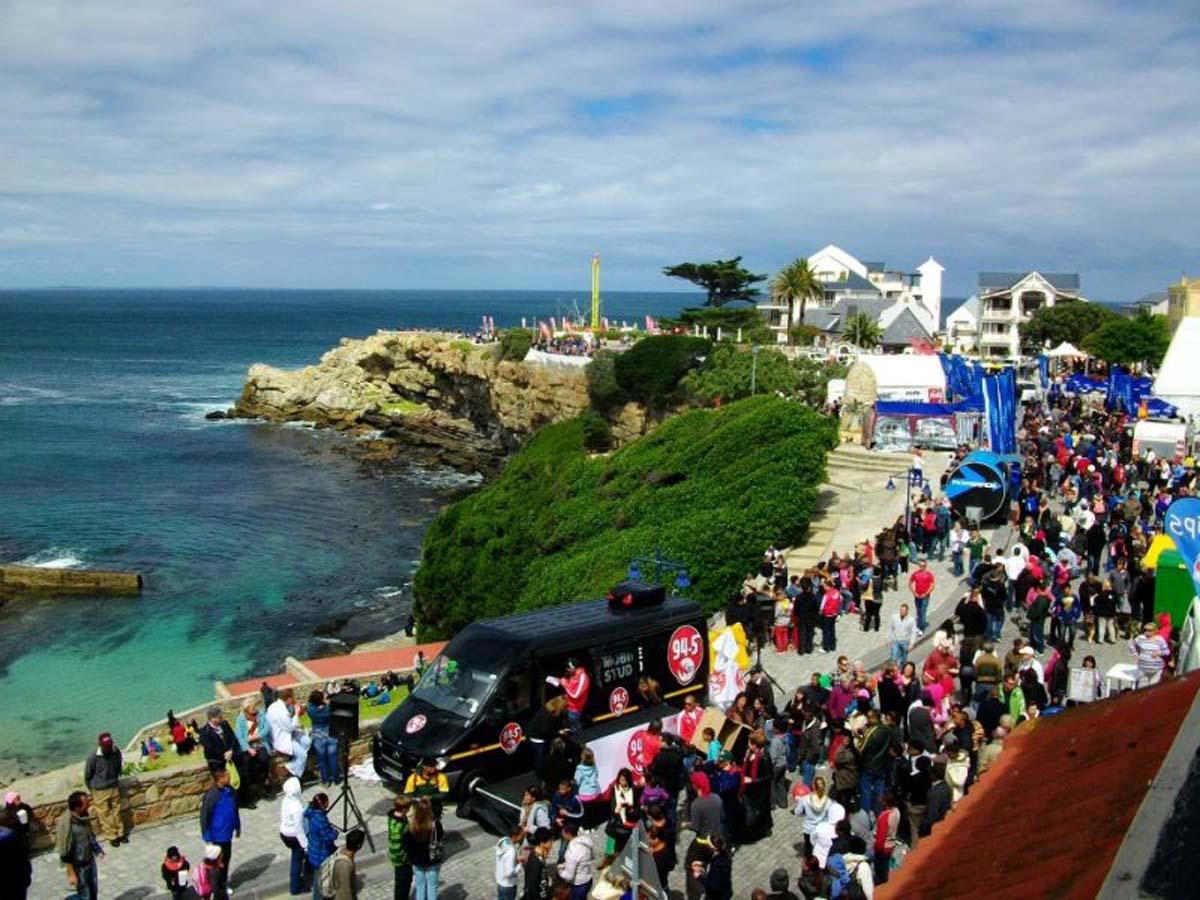
There is an extensive list of accommodations in Hermanus available, ranging from comfortable to luxurious. There are also exciting things to do in Hermanus - making it a sure win for a getaway destination. We look forward to welcoming you to our beautiful town.
So now you know the full journey of the Southern Right Whale - brought through the ages to our beautiful coastline. The curving coastline and protected bays of South Africa also offer the occasional sighting of other species like Bryde’s Whales, Humpback Whales and a variety of dolphins including the Indo-Pacific Bottlenose Dolphin which can be seen in large numbers surfing in the shallows.
Head to one of our beautiful coastal towns today and witness one of nature’s most graceful grand gestures!
Southern Right Whale Information (on Infographic)
Xplorio is a marketing company that has created a digital platform to help local communities in the Overberg accurately represent themselves online. The user-friendly Xplorio platform allows towns and businesses to create an online presence that is accurate and true to life. This representation allo...
View ProfileIn the fast-paced world of business, staying ahead means providing quality products and services, and communicating these offerings to the right audience.
Interested in reading more stories about what’s happening in the Overberg?
Xplorio keeps you up-to-date with the latest events happening the Overberg! Find exciting things to do for the whole family.
The Xplorio specials pages bring you money-saving deals on accommodation, food and drink, products, services and exciting things to do in the Overberg.
If you love the magic of Christmas, then Stanford is the village you will want to visit this festive season!
The Overstrand Municipality Fire Department has been preparing for what is known in the Overstrand as the Fire Season.
